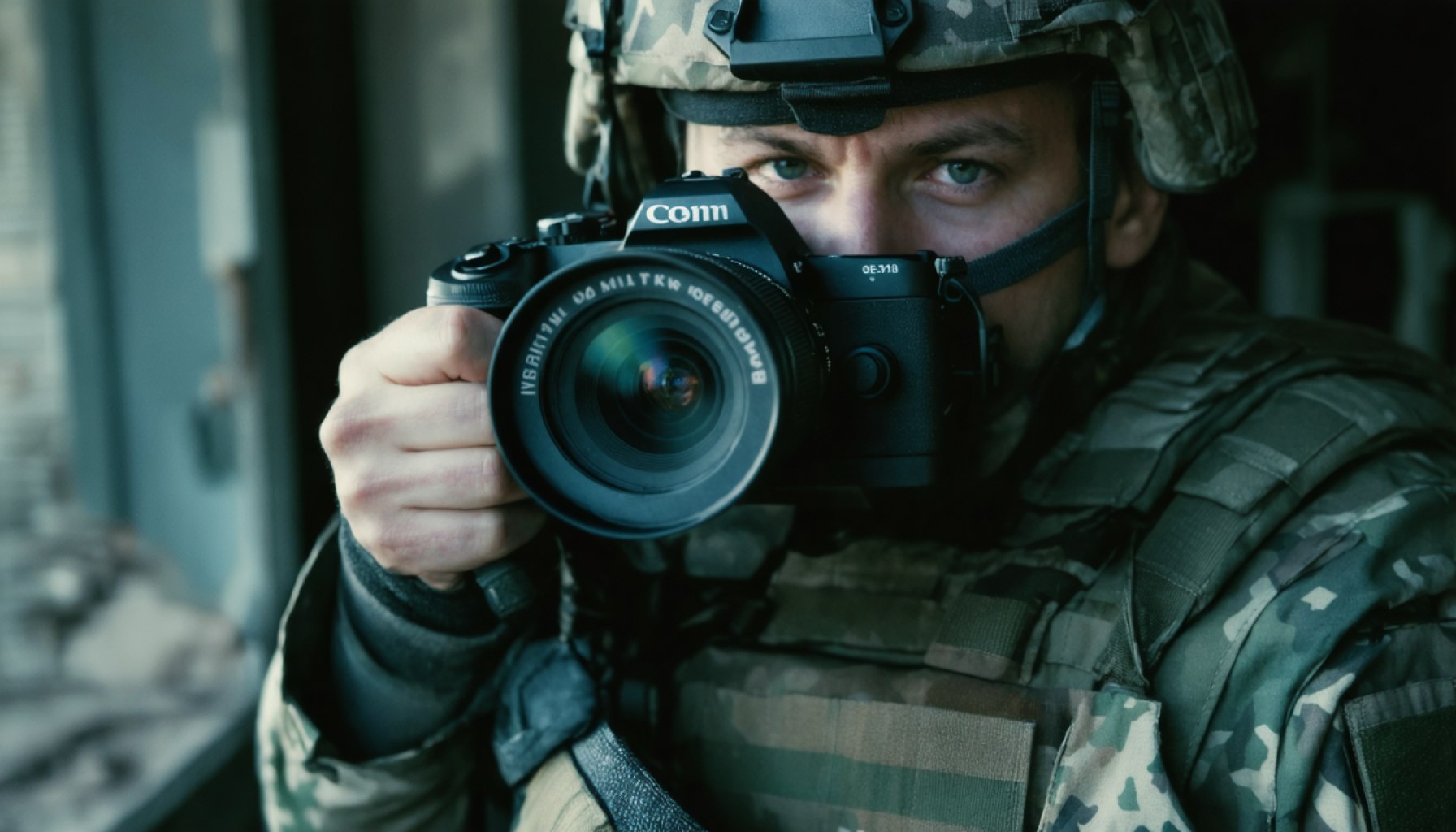
- Col. (Res.) Yoav Yarom’s interview addresses the tragic reconnaissance mission in southern Lebanon, sparking national discourse on journalism amidst warfare.
- Yarom reflects with a heavy conscience on his decision to allow journalist Ze’ev Erlich into combat zones, acknowledging the irreversible loss.
- Erlich’s integration with the IDF was officially sanctioned, highlighting his role as an embedded figure within military operations.
- Yarom emphasizes that the risks faced were not unique to Lebanon, pointing to similar dangers in places like Nablus.
- The incident raises questions about operational transparency, journalist safety, and the balance between documentation and security.
- Yarom’s narrative portrays Erlich as a courageous documentarian, but prompts a reassessment of safety protocols for civilian journalists in war zones.
- The IDF continues to evaluate the decisions that led to the ambush, highlighting the challenges commanders face in maintaining oversight and safety.
The echoes of gunfire had barely faded over the rugged terrains of southern Lebanon when the spotlight turned to Col. (Res.) Yoav Yarom, the pivotal figure in a harrowing event that still stirs debate. In a rare televised interview, Yarom unraveled the profound complexities behind the tragic reconnaissance mission that claimed the lives of journalist Ze’ev ‘Jabo’ Hanoch Erlich and IDF soldier Gur Kehati. Their deaths not only ignited national discourse but also challenged the essence of journalism’s role amidst warfare.
Yarom, an emblem of experience in the Israeli Defense Forces, spoke with a weighty conscience. He described his decision to allow Erlich into combat zones and reflected on the moment with solemn candor, acknowledging the haunting possibility of choosing a different path. The mission, initially perceived as having strategic merit, now loomed heavy with irrevocable cost.
Erlich’s foray into conflicted landscapes was not an isolated venture; his presence was an operation known and sanctioned by high command. Yarom painted vivid images of Erlich’s integration with the forces, not as an ad hoc participant but as an embedded figure woven into the military tapestry. Senior commanders recognized his craft, offering him unprecedented access that blurred the lines between civilian and combatant.
Doubts around Erlich’s presence in hostile environments demanded a slick, sharp retort from Yarom. He argued with clarity that risks were not unique to Lebanese expeditions, bringing attention to the overlooked perils of cities like Nablus, whose nightly dangers rival the starkness of war-torn paradises.
Underpinning Yarom’s reflection was an unwavering accountability. Erlich’s death was a shadow on his watch, but not one to be shifted onto others. The transparency in his decisions invites a broader conversation about operational transparency and the inherent dangers faced by non-combatants driven by a pursuit of truth.
What emerged from Yarom’s narrative was a portrait of Erlich as a bold documentarian, whose chronicling offered precious insight into military operations. Yet this access came with persisting debates—redefining safety protocols and oversight when civilian journalists tread where only soldiers typically go.
As the IDF continues its deep dive into the decisions and missteps that led to the tragic ambush, Yarom’s candid insights shed light on the precarious balance commanders face: seeing the value in eyes that watch and write while ensuring those eyes do not close forever in the process. In the end, this incident calls for a reassessment of the boundaries between courage and oversight, between narrative and safety, in the deadly theater of war.
The Untold Risks of War Reporting: Lessons from the Southern Lebanon Reconnaissance Mission
Overview
The tragic deaths of journalist Ze’ev ‘Jabo’ Hanoch Erlich and IDF soldier Gur Kehati in southern Lebanon have not only sparked a national discourse but also highlighted the intricate challenges of war journalism. In a recent interview, Col. (Res.) Yoav Yarom provided a detailed account of the mission’s complexities and the pivotal decisions involved.
Real-World Challenges in War Reporting
The Role of Embedded Journalists
Journalists like Erlich often find themselves on the frontlines, embedded with military units. The advantages include gaining firsthand perspectives and insights into military strategies, which can provide valuable information to the public and foster understanding. However, these advantages come with significant risks, as they are exposed to the same dangers as soldiers.
Key Challenges
– Safety Protocols: Ensuring the protection of journalists during military engagements is vital. Formal protocols must balance journalistic freedom with necessary safety measures.
– Operational Transparency: Clear communication between military personnel and journalists about the risks involved is essential to make informed decisions.
How-To: Preparing for War Reporting
– Risk Assessment: Journalists should conduct thorough risk assessments before entering conflict zones.
– Training: Undergo comprehensive hostile environment training to understand military operations better and know how to react in dangerous situations.
– Equipment: Utilize protective gear such as helmets and bulletproof vests to enhance safety.
Industry Trends and Predictions
1. Increased Technology Use: The use of drones and digital tools is becoming more prevalent, allowing journalists to gather information from safer distances.
2. Ethical Considerations: The lines between reporting and military operations are expected to blur further, raising continuous debates about ethical journalism in war zones.
Pros and Cons Overview
Pros:
– Gaining firsthand insights into military operations.
– Ability to provide real-time, impactful stories from conflict zones.
Cons:
– High risk of injury or death.
– Potential for becoming part of the narrative rather than just observing it.
Insights and Controversies
One of the main controversies arising from Erlich’s case is the decision to allow him into a combat zone. Critics argue that commanders should enforce stricter rules about where journalists can and cannot go. This situation underscores the ongoing debate about how to balance freedom of the press with individual safety.
Recommendations
– For Journalists: Engage in continuous learning and skilling to ensure preparedness for any war zone.
– For Military Commanders: Develop clearer guidelines for embedding journalists in dangerous settings.
– For Policy Makers: Reevaluate existing policies on war reporting to enhance safety without compromising journalistic integrity.
Conclusion
The courageous venture of documenting war must be balanced with stringent safety measures to protect those who strive to bring truth to light. As technology and ethics evolve, ongoing reassessment of these protocols will be crucial in ensuring the safety and effectiveness of war reportage.
For more insights on media and journalism, visit Committee to Protect Journalists.



